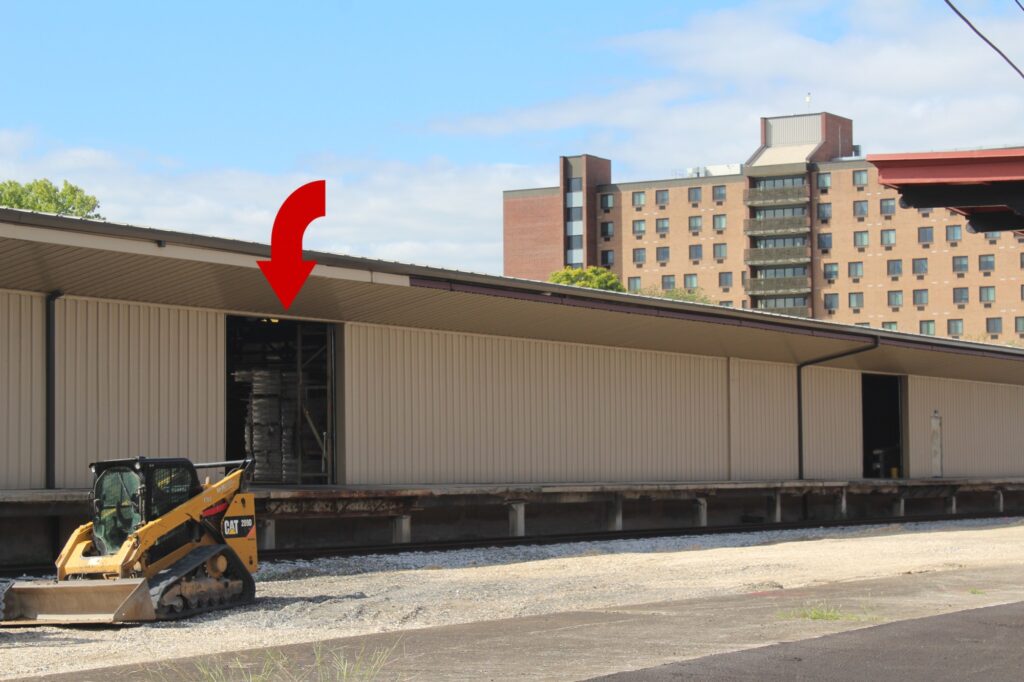
I remember visiting the Miami rail scene for the first time as if it were yesterday. No photo, video, or television screen could match the all-encompassing sensory experience of seeing it in person. The heat, breeze, humidity, sounds, smell, and impossible-to-define energy completely transcended any previous ways I’d thought of it. It was the same on my first visits to LA and Brooklyn.
In recent years I’ve become increasingly aware of the vast divide between experiencing a place in person versus seeing it in a photograph. I call it the sensory disconnect. It sort of sucks to be honest with you. I’ll often notice it on vacation or a day trip. You’ll be loving an experience or vista laying in front of you and take a photo of it. You look at your screen and go, “hmmm that doesn’t capture what I’m feeling and experiencing right now”. You re-take the shot with different focal lengths. Same result. It’s just not the same. On the positive side, it works in reverse. I can vividly remember visiting a place that I’d previously only seen in photos and being awestruck by how much better the sensory experience of seeing it in person is. Light years, night and day different. It’s the size, the feel, the sounds, the way a place just wraps around you. It’s always millions of times better in person.
There’s a direct correlation to how this affects our modeling experience. Even if a person could masterfully model a given scene in miniature, it will never, ever give you the same experience as seeing it in person. It’s interesting how this plays out in op. sessions. When I visit a layout based on an area I’ve been to, somehow I enjoy it just a bit more than a perfect layout of a place I’ve never seen. The reverse is a problem also. If you have a group of operators over, I struggle with how I can give them the feeling of being in Miami or LA if they’ve never been there. I don’t think you really can. No matter how hard you try, to them, they’re looking at nicely arranged pieces of plastic.
Taking track-level photos of your model helps but only a little. Taping prototype photos of scenes on the backdrop during op. session helps…..a bit. I’ve read a lot of blogs and forum posts on photography sites where the discussion focuses on which lens size is closest to what the eye sees. The forum discussions tend to go in circles with no real consensus. The bottom line for me is that there isn’t a specific lens size that provides the magic bullet to bridge the gap that much. I have noticed in some rail fan videos where the videographer is low and closer to the tracks the imagery is more like being there in person. Larger screens, such as in a movie theater, get you closer.

I built the model of the structure at 4722 Everett Avenue in LA many years before actually seeing it in person. When I finally did have a chance to stand in front of it, my immediate reaction was, “Wow, this thing is gigantic!” The mental impact was just so different than looking at the four-inch tall piece of plastic on my layout.
To an extent bridging the sensory gap is an unsolvable problem. I’ve been rolling this over in my mind for a while and come to the conclusion that there is only one thing that gets you pretty close and that’s visiting the actual place in person. Experience the sights, sounds, smells, and panoramas and register those sensory experiences in your mind. Create vivid memories. When you do this, your brain makes an A-to-B connection when you look at your layout. When you look at your models your mind ratchets back to the real life experience. In the past, I never gave it that much thought but in recent years I’ve become increasingly aware of how much visiting the sites I model improves my modeling of them and my overall enjoyment of the hobby in general.
A note to my overseas readers that model the US. I understand that visiting here is a significant investment of time and money. For those that can swing it, I highly encourage doing so. If you’re seriously considering such a trip, drop me an email and I’ll try to offer suggestions as to how to make the trip as productive as possible. For switching and branchline modelers you want to visit cities where you have the best chance of getting a lot of shots in a short period of time. This would mean places like Miami, Baltimore, or LA.






